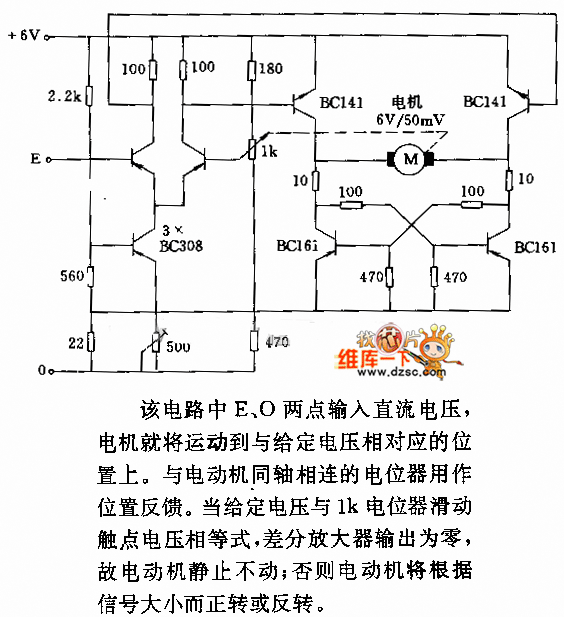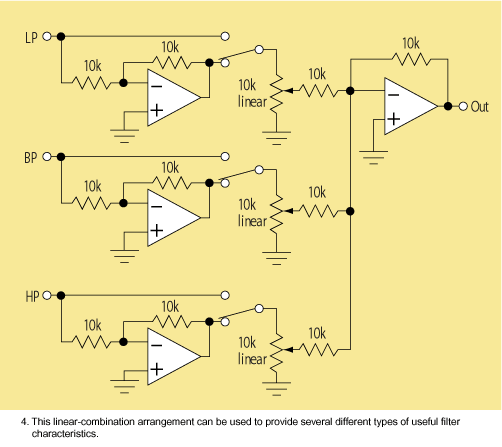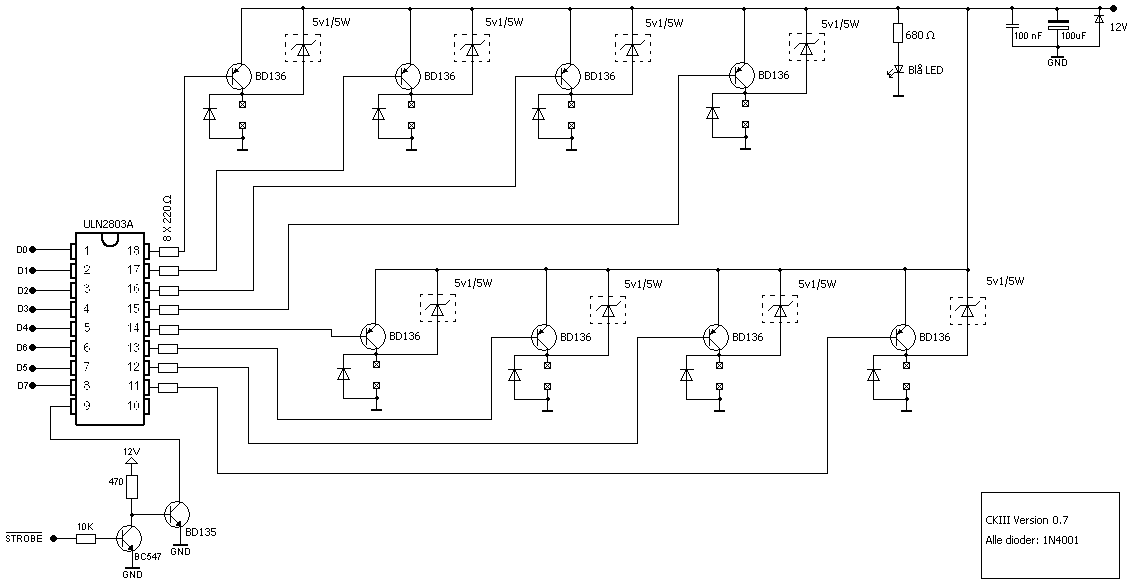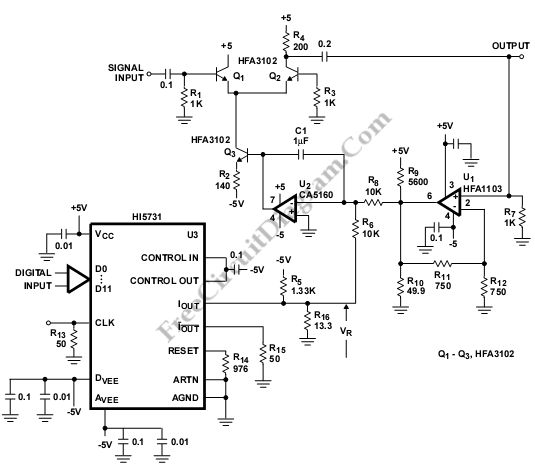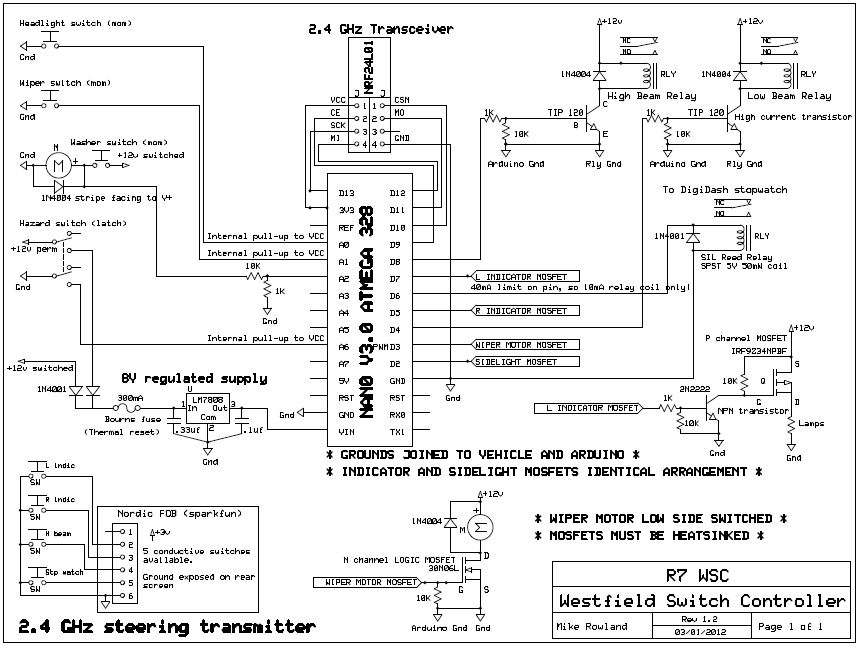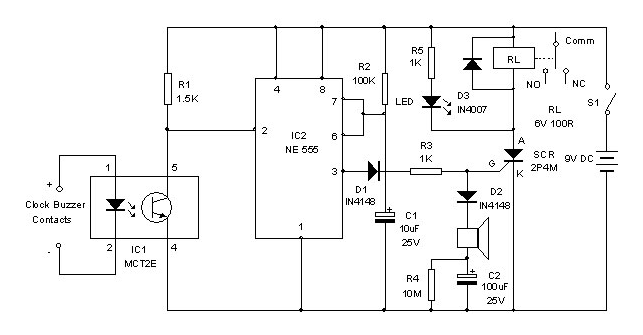
Induction-motor control
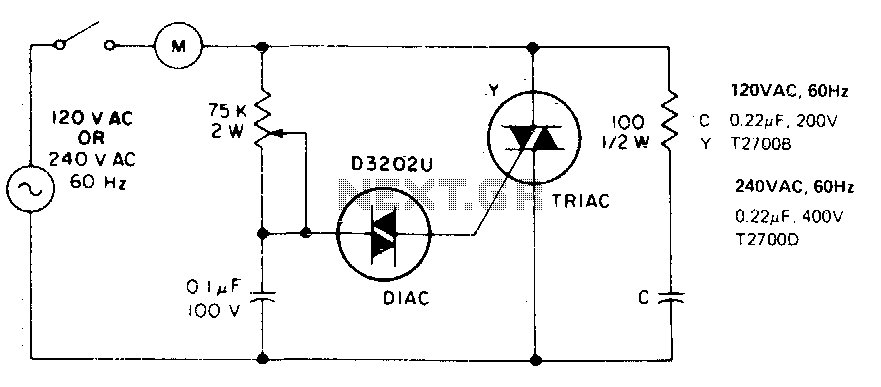
This single time-constant circuit can be utilized for proportional speed control of induction motors, such as shaded pole or permanent split-capacitor motors, when the load remains constant. The circuit is particularly well-suited for applications that necessitate speed control within the medium to full-power range.
The single time-constant circuit operates by modulating the voltage applied to the motor based on the desired speed setting. It typically consists of a resistor and capacitor in series, forming an RC time constant that influences the charging and discharging rates of the capacitor. This configuration allows for gradual adjustments in the motor's speed, providing smoother operation compared to abrupt changes.
In practical applications, the circuit can be integrated with a control mechanism, such as a potentiometer, which enables the user to set the desired speed. The output voltage is then adjusted proportionally, allowing for fine-tuning of the motor's performance. This is particularly advantageous in scenarios where maintaining a specific speed under varying load conditions is critical.
The use of this circuit is ideal for medium to full-power applications, where the motor must operate efficiently without excessive wear or overheating. By maintaining a fixed load, the circuit ensures that the motor runs optimally, providing reliable performance over extended periods. Additionally, the simplicity of the design allows for easy implementation and maintenance, making it a preferred choice for many industrial and commercial applications requiring precise speed control.This single time-constant circuit can be used as proportional speed control for induction motors such as shaded pole or permanent split-capacitor motors when the load is fixed The circuit is best suited to applications which require speed control in the medium to full-power range. 🔗 External reference
The single time-constant circuit operates by modulating the voltage applied to the motor based on the desired speed setting. It typically consists of a resistor and capacitor in series, forming an RC time constant that influences the charging and discharging rates of the capacitor. This configuration allows for gradual adjustments in the motor's speed, providing smoother operation compared to abrupt changes.
In practical applications, the circuit can be integrated with a control mechanism, such as a potentiometer, which enables the user to set the desired speed. The output voltage is then adjusted proportionally, allowing for fine-tuning of the motor's performance. This is particularly advantageous in scenarios where maintaining a specific speed under varying load conditions is critical.
The use of this circuit is ideal for medium to full-power applications, where the motor must operate efficiently without excessive wear or overheating. By maintaining a fixed load, the circuit ensures that the motor runs optimally, providing reliable performance over extended periods. Additionally, the simplicity of the design allows for easy implementation and maintenance, making it a preferred choice for many industrial and commercial applications requiring precise speed control.This single time-constant circuit can be used as proportional speed control for induction motors such as shaded pole or permanent split-capacitor motors when the load is fixed The circuit is best suited to applications which require speed control in the medium to full-power range. 🔗 External reference
